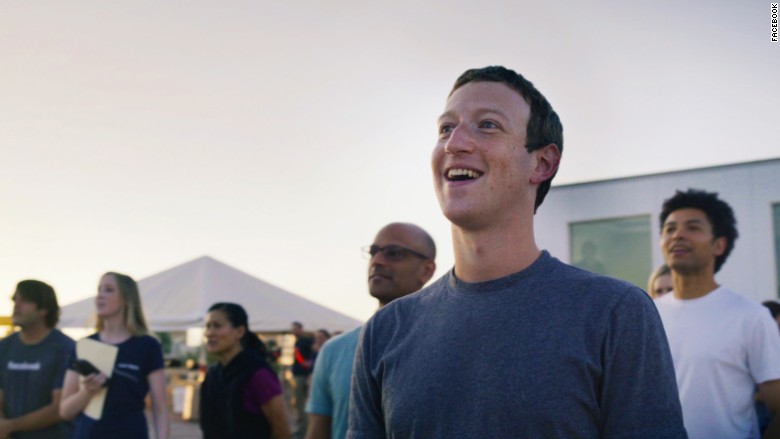The digital subscription model is hot hot hot. Why? China
As you know, Unilever just paid $1 billion dollars for the Dollar Shave Club.
The scrappy startup, launched in 2012, offered a blades-by-subscription service for as little as $3 a month and quickly grew to a team of 45 engineers and 3.2 million subscribers.
Why did Unilever pay five times what Dollar Shave Club was expecting for revenues this year, when analysts had valued it for far less?
Dollar Shave Club has shown that the shaving market can still be transformed – thanks to an online subscription model, a memorable brand, and a strong consumer experience.
For more evidence of this, consider that Gillette, still the No. 1 razor brand, saw its market share fall from 71% in 2010 to 59% in 2015.
No wonder Gillette came up with its own subscription entry, the Gillette Shave Club.
Since then, P&G has extended the idea into new categories, the Tide Wash Club, offering pod refills for a subscription fee.
At the same time Amazon is growing as a serious competitor to consumer products companies, with its push into private-label goods – diapers, detergents and grocery items — combined with its ”subscribe and save” option for these sorts of staples that require regular replenishment.(AKA fast-moving consumer goods.)
What’s going on? Digital is obviously driving a new way to sell consumer goods.
And there is a big opportunity out there for anyone who can get it right.
An economic slowdown has slowed brick and mortar retail in China. But online sales are estimated to have expanded by over 40% year on year in every quarter since last year.
According to The Wall Street Journal, Unilever’s online sales in China have reached more than $161 million.
Buying Dollar Shave Club gives Unilever more digital distribution power to capitalize on those kinds of opportunities.
Unilever has bought into a startup with a ready-made organization, technical expertise, and business model that allows it to go digital in a whole new way.
Unilever CEO Paul Polman has mentioned his interest in extending the model for its “prestige” category. With predictive analytics helping identify customer preferences, the opportunities for tailoring products and commanding premium prices can quickly expand.
But in the drive for digital profits, will Unilever risk in effect becoming their own competition?
Posted in: Infographic of the day | Leave a Comment










